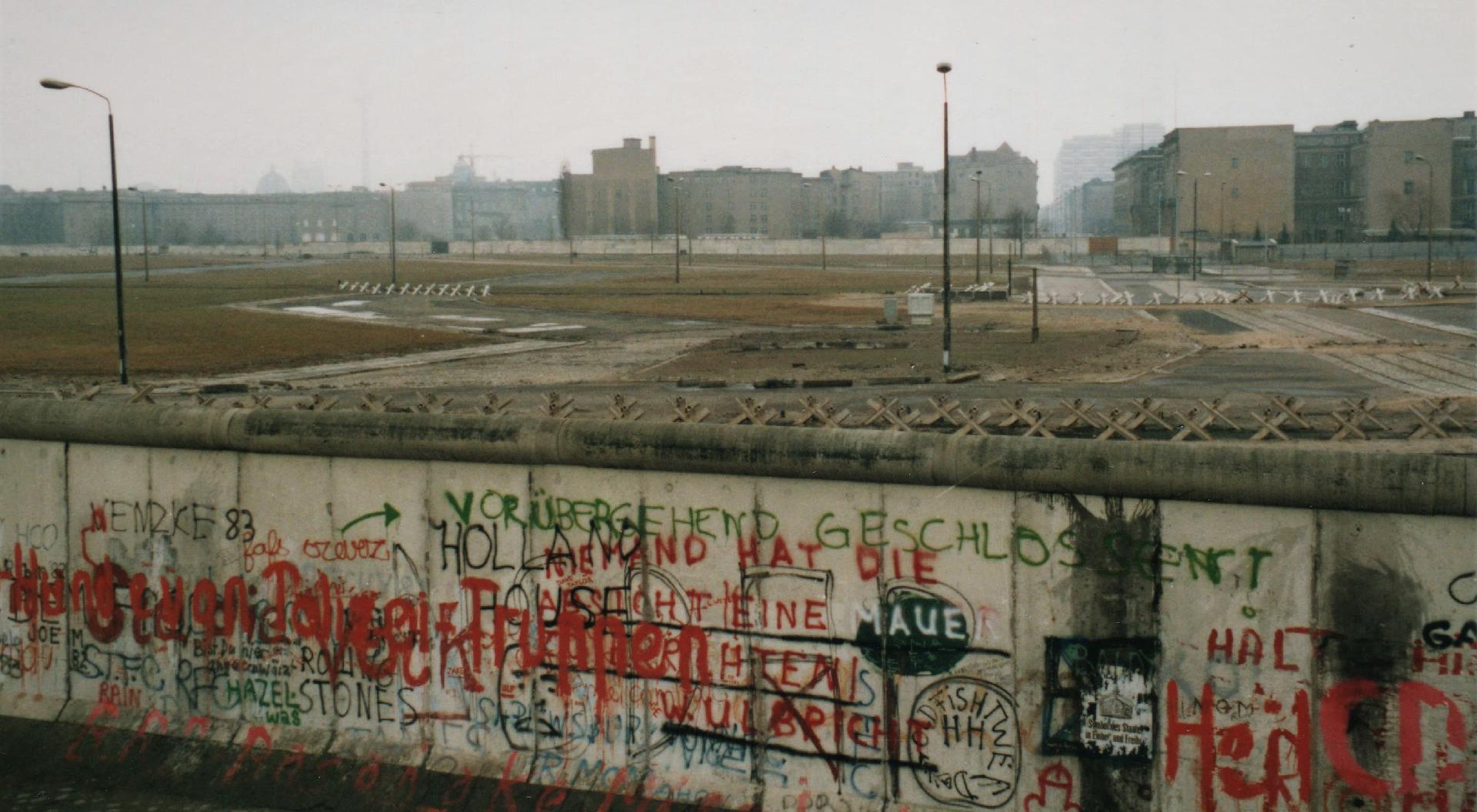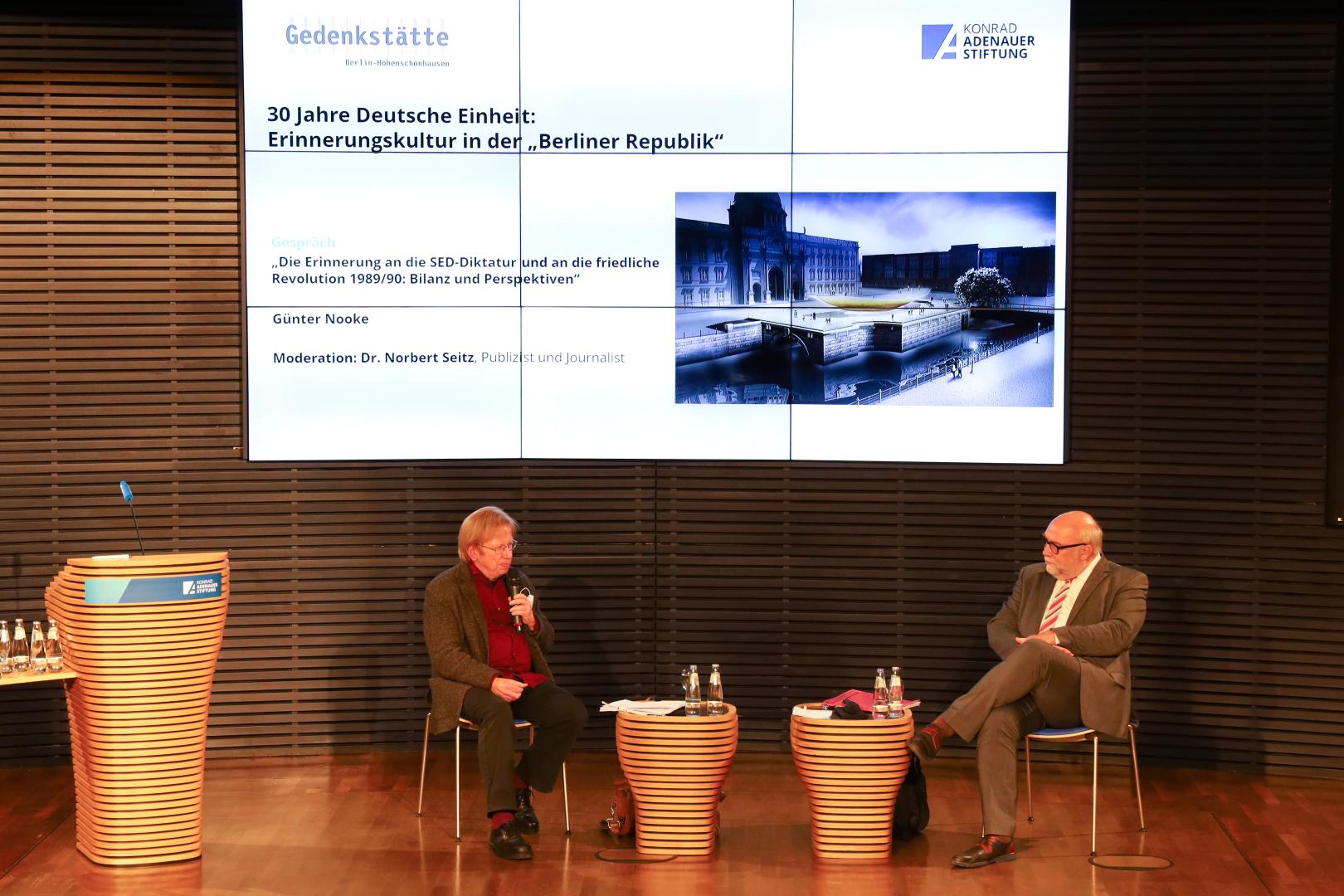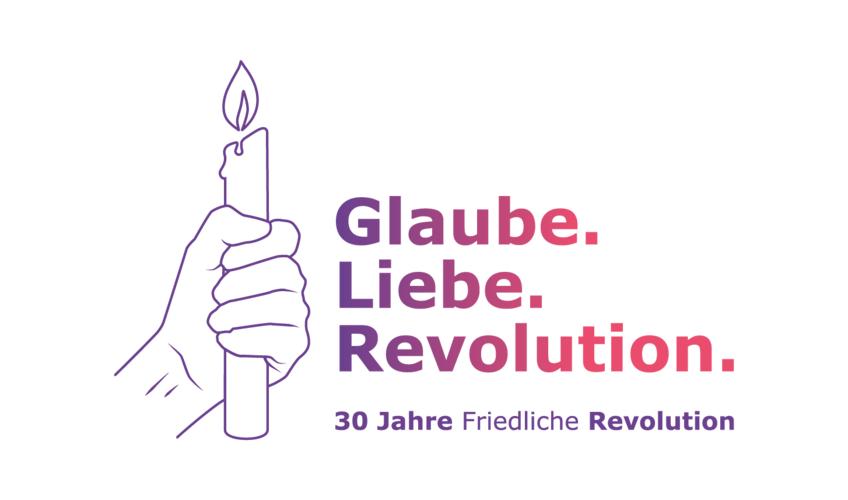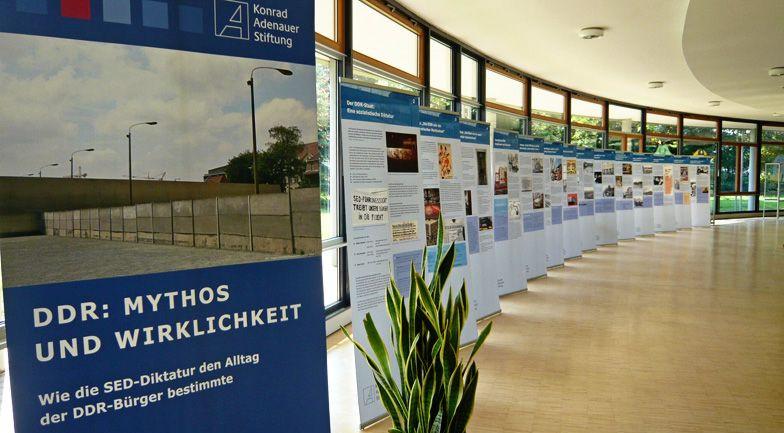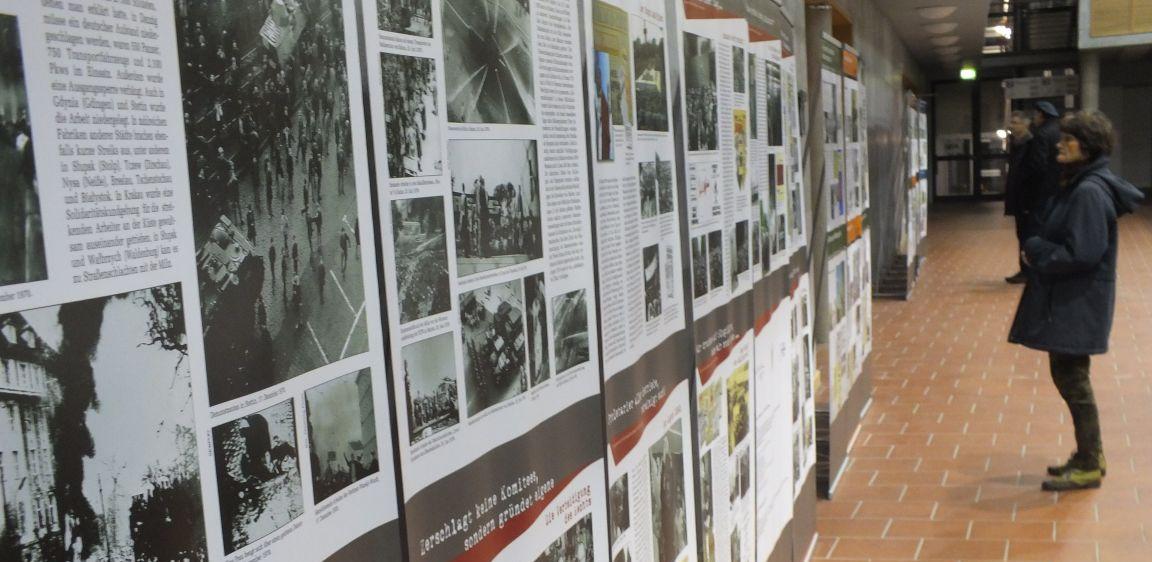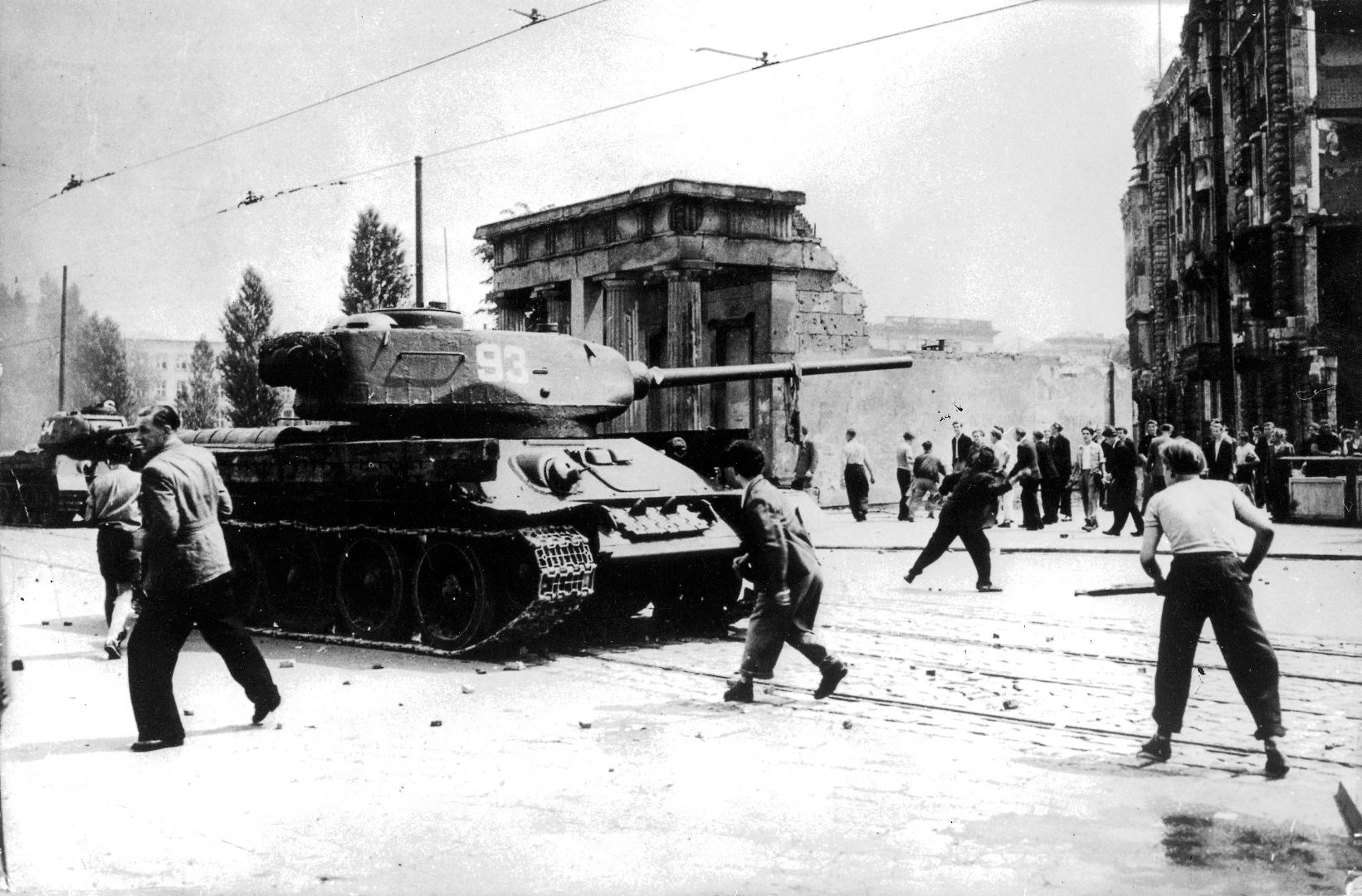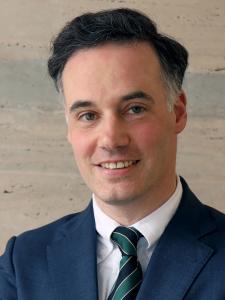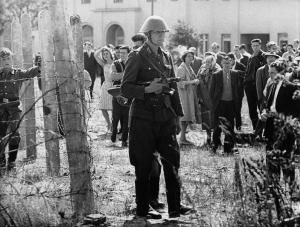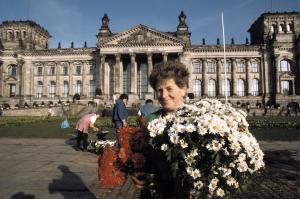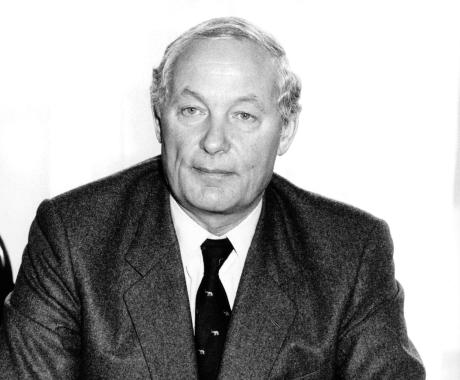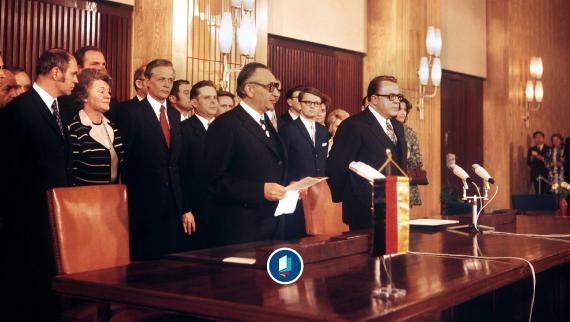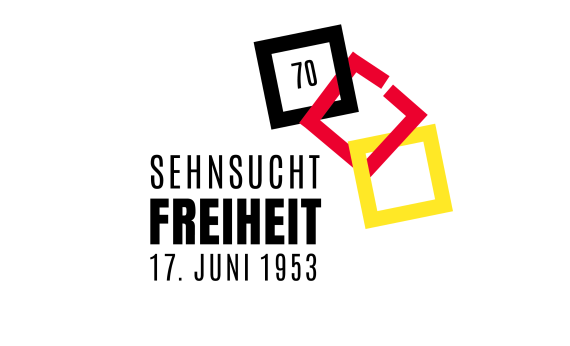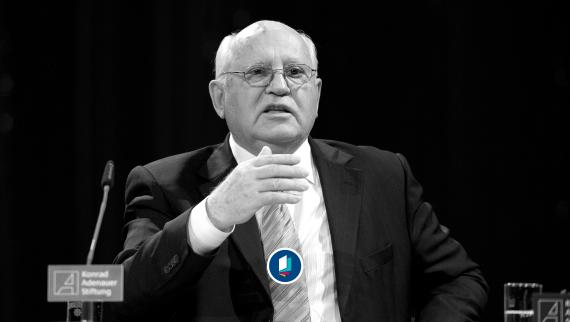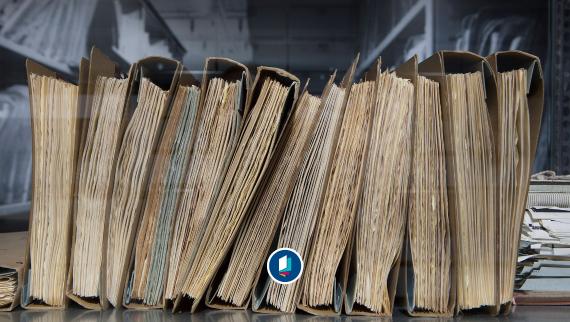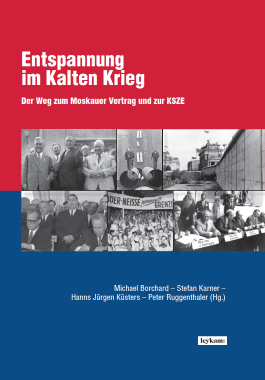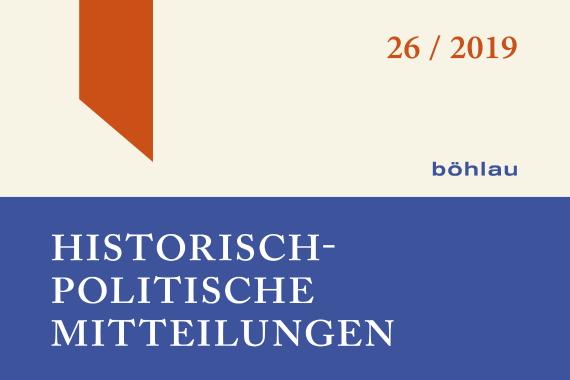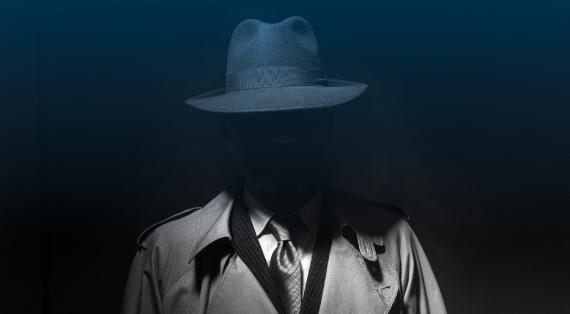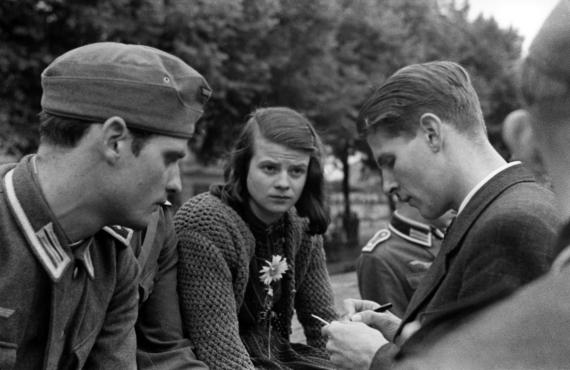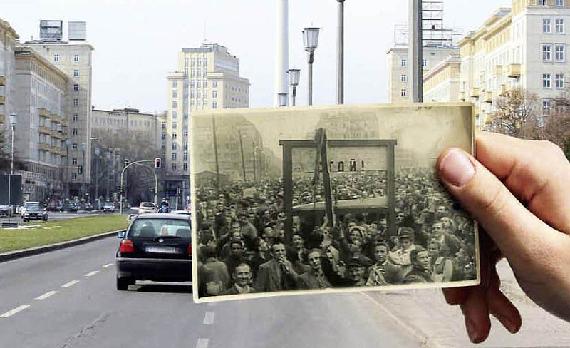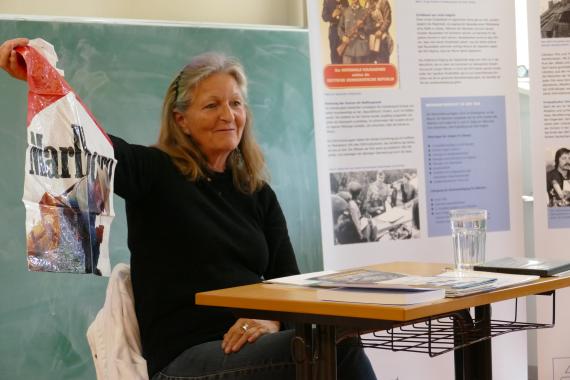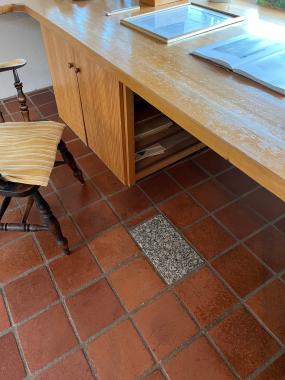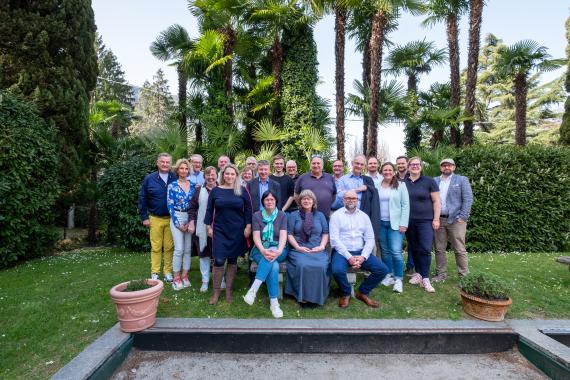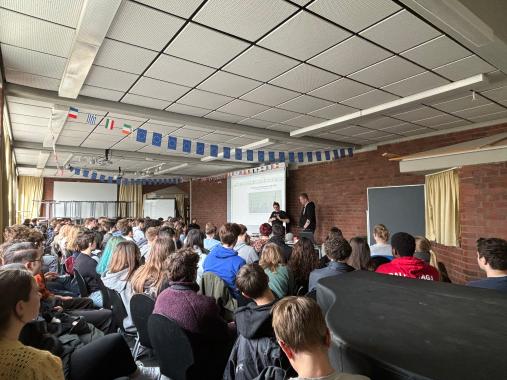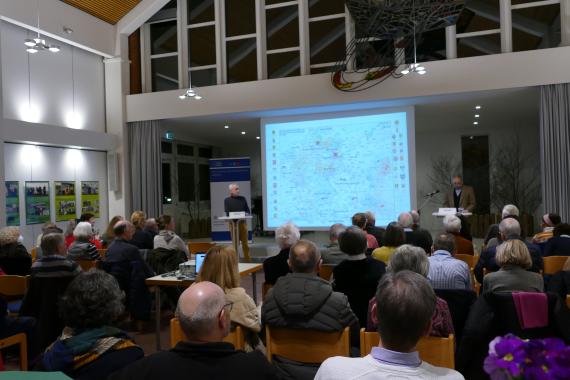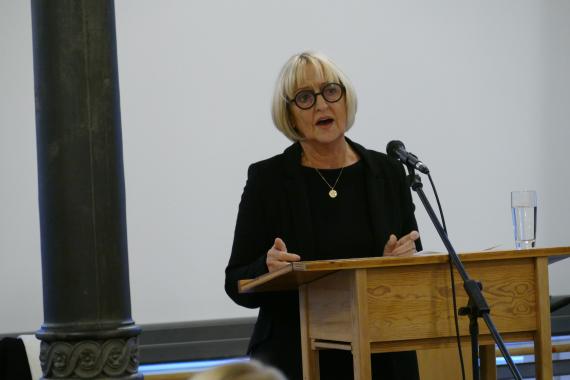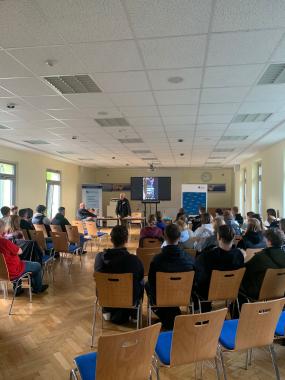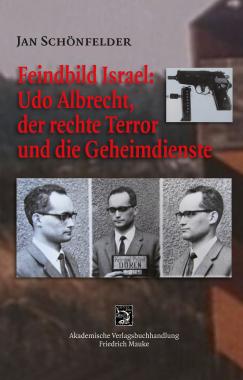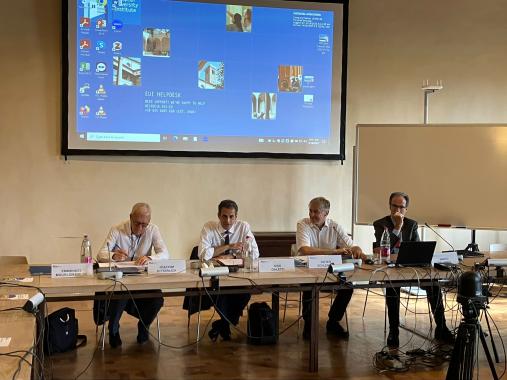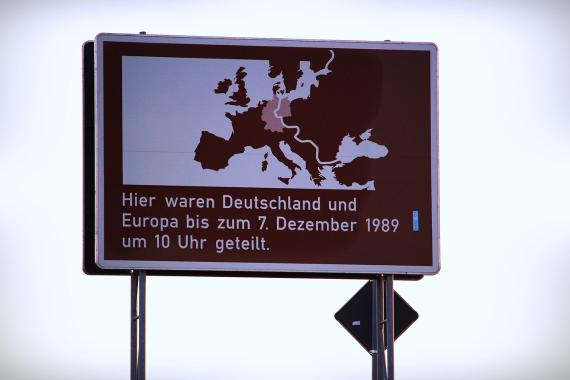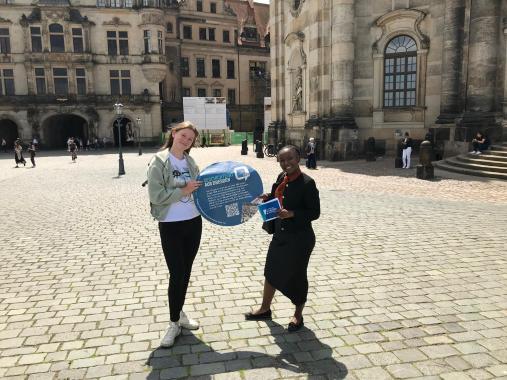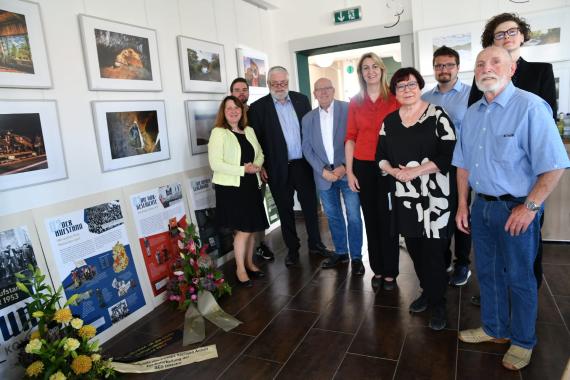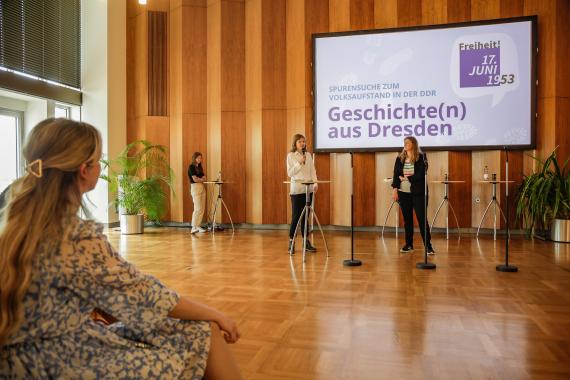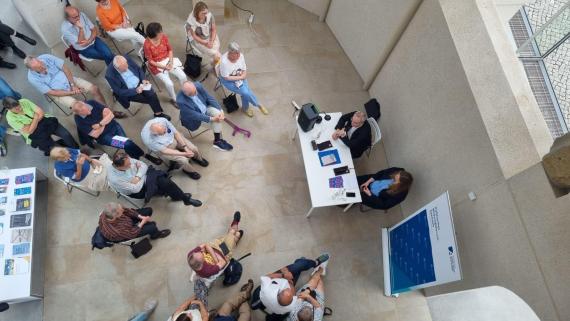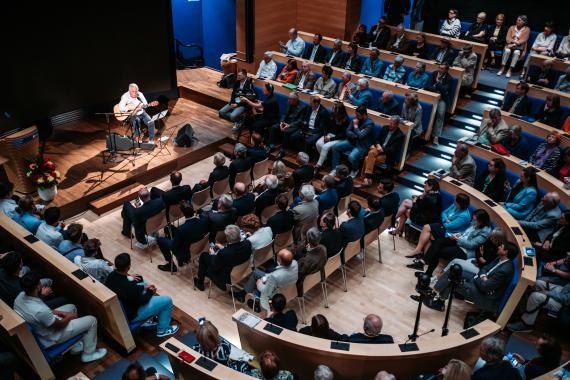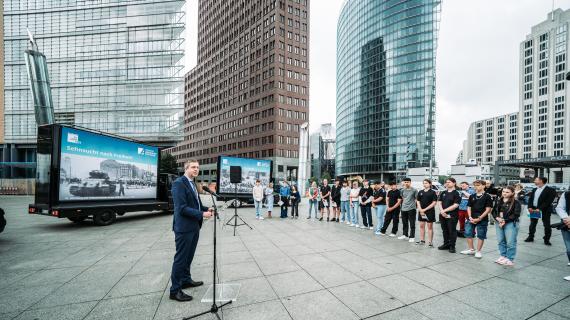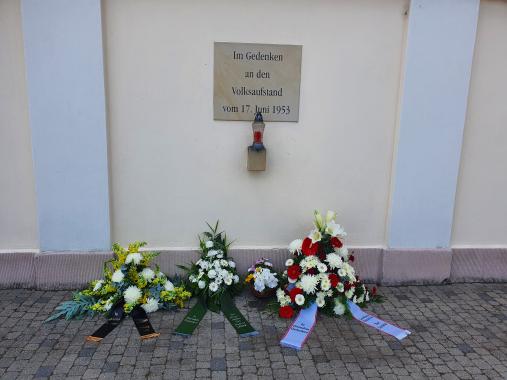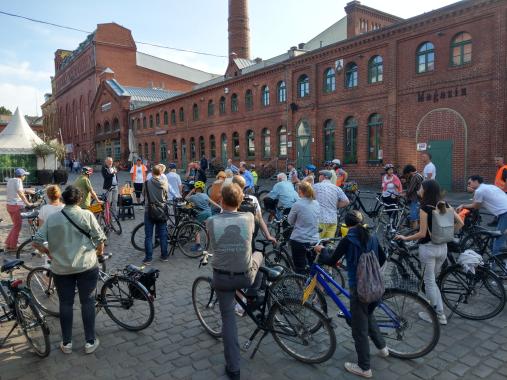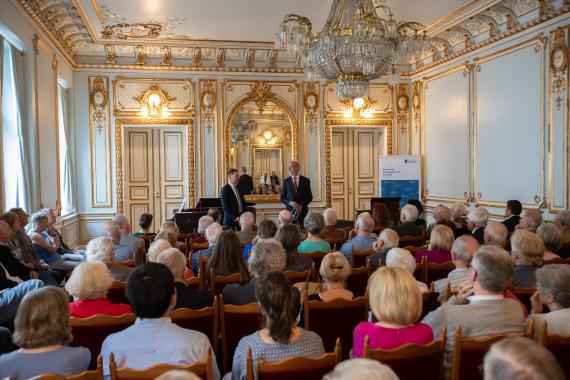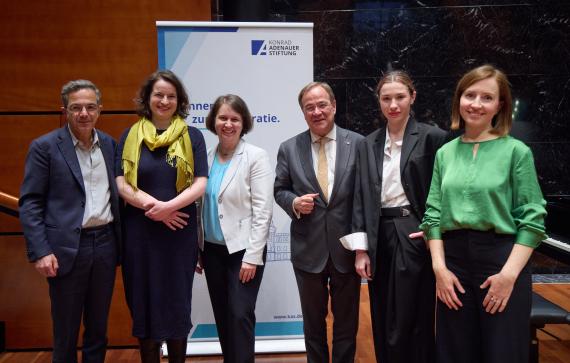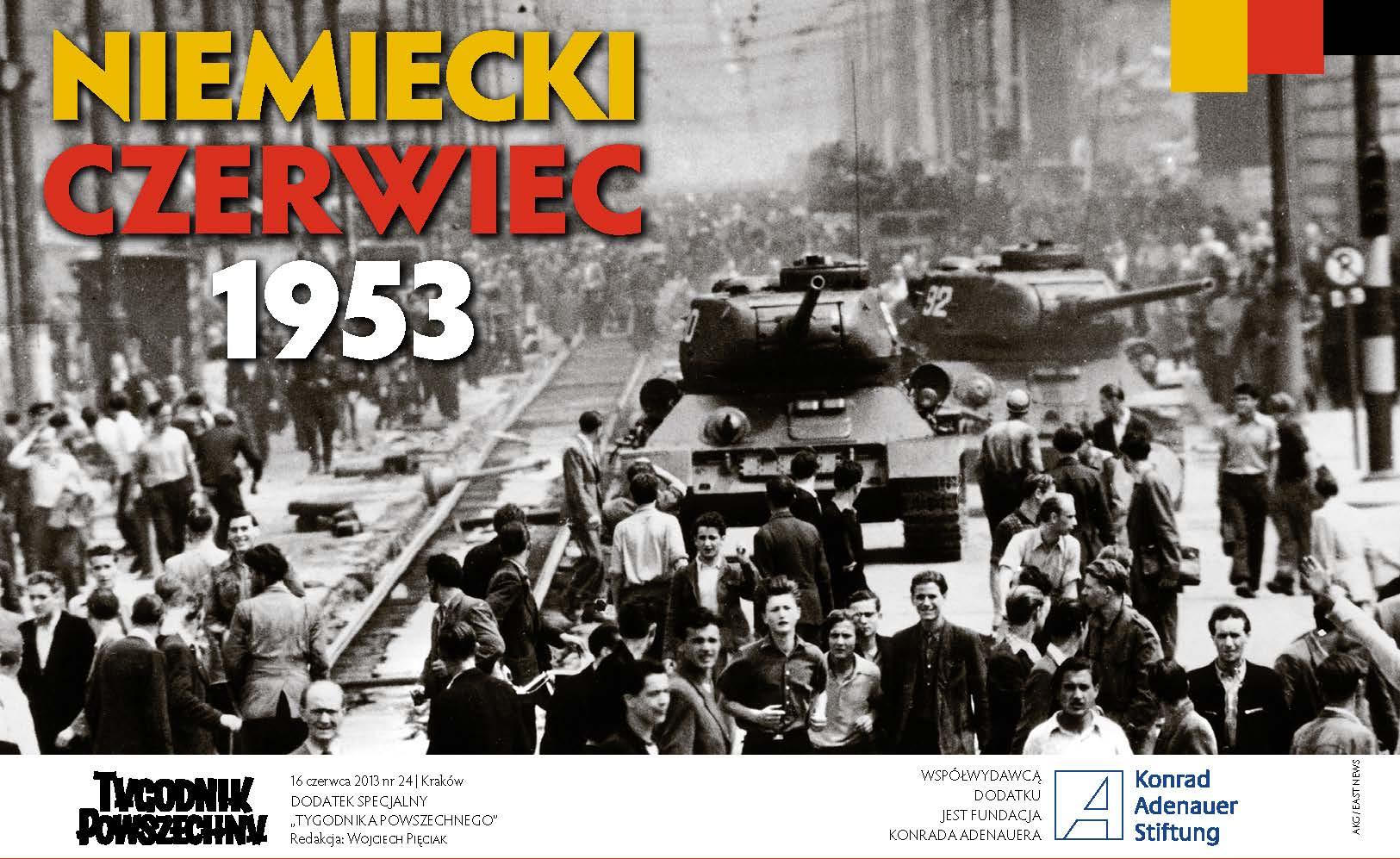History of the GDR 1949 till 1990
People in Germany suffer from division. They suffer from a wall which literally stands in their way and rejects them. When we dismantle what separates people, we do justice to the unmistakable urge of the German people: They want to be able to come together because they belong together.
At a glance
- The founding of the GDR, supported by the Socialist unity and state party (SED), was the Soviet response to the founding of the Federal Republic of Germany.
- During the Cold War, the two German states belonged to different values systems and military alliances.
- As a reaction to dissatisfaction among the population, the popular uprising of 17 June 1953 and the mass exodus to West Germany, the regime sealed off the inner-German borders. This isolation culminated in the erection of the Berlin Wall in August 1961.
- The reform policy of the Soviet Union and mass protests in the GDR led to the collapse of the repressive socialist system in November 1989 and to a peaceful reunification in 1990.
- Remembering German division and experiences with a dictatorship is part of our political education work, with which we also point to the achievements of freedom and democracy and the threats to them.
Content
1. From the Soviet occupation zone (SBZ) to the GDR
2. National uprising on 17 June 1953 and building of the Berlin Wall
3. Repression and rigidity of the socialist system
4. From fall of the Wall to unity
5. Keeping the memory of the SED regime alive
6. Our offers and projects on the topic
7. Publications, events and media contributions on the topic
From the Soviet occupation zone (SBZ) to the GDR
In the aftermath of the Second World War, the Soviet Union expanded its communist system to the territories under its control in East Central Europe. A main focus was the Soviet Occupation Zone (SBZ) in Germany, where a land reform had already been carried out in 1946. The compulsory merger of the KPD and SPD gave rise to the Socialist Unity Party of Germany (SED), which became the German State Party with the founding of the so-called German Democratic Republic on 7 October 1949. With the Federal Republic of Germany and the GDR, two states co-existed on German territory which belonged to different value systems and military alliances during the escalating Cold War.
National uprising on 17 June 1953 and building of the Berlin Wall
However, people in the GDR soon began to take a stand against a lack of freedom, the collectivisation of agriculture and poor living conditions. A national uprising at many locations in the GDR was brutally suppressed on 17 June 1953 by the Soviet troops stationed there. During subsequent years, an increasing number of people left the GDR and headed for West Germany. The internal German border was gradually sealed off; in Berlin, however, it was still possible to cross over to the Western part of the city – until, on 13 August 1961, the SED leadership blocked border crossings and had a wall built through the entire city, which people could only cross from the Eastern side by risking their lives. To the outside world, building the Berlin Wall was an admission of weakness, whereas it led to a certain stability within Germany at first. The SED regime now had the courage to introduce the universal conscription. The new GDR Constitution of 1968 emphasised the SED’s monopoly of power and the GDR as a socialist state.
Repression and rigidity of the socialist system
A conflict within the SED led to an internal transition of power in 1971. Erich Honecker became Walter Ulbricht’s successor as Secretary General of the SED. A housing construction project and the “Weltjugendspielen” (Global Youth Games) of 1973 enabled Honecker to achieve early propaganda success, yet the repressive character of the system also became increasingly clear. The expatriation of the songwriter Wolf Biermann in November 1976, represented the pinnacle of a lack of freedom and rigidity. Despite a continual expansion of the Ministry of State Security’s (Stasi) surveillance apparatus, more and more people attempted to leave the GDR by fleeing or applying for an exit visa. Socialist mismanagement led to the inner cities falling into decay, living space becoming ever-more scarce and environmental pollution reaching threatening levels.
From fall of the Wall to unity
When the SED leadership itself refused Mikhail Gorbachev’s reform policy, while having also provided evidence of rigged local elections, this resulted in mass protests and a wave of emigration to the Federal Republic via Eastern neighbouring states in 1989. Following the Fall of the Berlin Wall on 9 November 1989, the SED lost its monopoly on power. Free elections to the People’s Parliament on 18 March 1990 brought victory to the Alliance for Germany made up of the CDU, German Social Union (DSU) and the Democratic Awakening (DA). The Christian Democrat Lothar de Maizière subsequently formed a government composed of these parties, which embarked on a path towards German unity on the side the GDR.
Keeping the memory of the SED regime alive
Between 1990 and 2021, there was a separate authority, initially led by the former civil rights campaigner and later German President Joachim Gauck, to safeguard and reappraise the records of the Ministry of State Security. Various memorial sites, mostly former Stasi detention centres, now provide information on events between 1949 and 1990, thus preserving remembrance of measures of surveillance and repression under the illegitimate state: the GDR.
A key focus of the Konrad-Adenauer-Stiftung, too, is to commemorate a divided Germany and totalitarian experiences during the GDR. Here, the aim is to use its political education work to highlight the achievements of freedom and democracy and warn against that which threatens them.
History of the GDR
The GDR Tutorial on the Adenauer Campus, the Konrad-Adenauer-Stiftung’s digital learning platform, uses exciting and often interactive content to inform you about various aspects of the German Democratic Republic. Whether myth or reality, state and society or life and everyday life – the GDR Tutorial presents a myriad of freely available information and is aimed at teachers, pupils and politically interested citizens alike.
Event series
Each year, the Konrad-Adenauer-Stiftung hosts various events on historical topics. Worthy of mention in this context are our regular event series devoted to a certain era or theme.
Hohenschönhausen-Forum
Since 2008, once a year the Konrad-Adenauer-Stiftung and the Berlin-Hohenschönhausen Memorial have jointly organised the Hohenschönhausen-Forum in Berlin. In addition to a number of presentations, intense debate on a framework topic with high-ranking guests forms the heart of the event. Regular participants at Hohenschönhausen-Forum are historians, teachers, students, memorial staff and members of victims’ associations.
Video series
To mark both 30th anniversaries of the Fall of the Wall (2019) and unification (2020), the Konrad-Adenauer-Stiftung has carried out and recorded various interviews with contemporary witnesses. These interviews mainly focus on personal experiences prior to and during the time of the Fall of the Wall.
#Border Experiences
#Border experiences – video series with contemporary witnesses
Trailer
YouTube, Onlinekas
The internal German border decisively shaped many peoples’ lives and changed individual trajectories. We met with nine people from eight German states who tell us about their very personal #border experiences during our interview series.
Take a look at all interviews from the “#border experiences” series
Faith.Love.Revolution.
With the “Faith.Love.Revolution” interview series marking the 30th anniversary of the Fall of the Wall and the Peaceful Revolution, it was in 2019 that the Konrad-Adenauer-Stiftung conducted a joint project with the Tempelhof-Schöneberg church district, in which contemporary witnesses speak up with their stories from this turbulent time.
Take a look at all interviews from the “Faith.Love.Revolution” series
Exhibitions
The Konrad-Adenauer-Stiftung designs regular touring exhibitions on diverse historical themes and anniversaries, which, for instance, can be used to supplement school teaching but also to support events.
GDR – Myth and Reality
The theme of the GDR continues to fascinate people to this day. Despite extensive research, there are a number of deep-seated myths regarding some of the subjects covered in this exhibition. We use 20 roll-ups (100cm x 220cm) to illustrate these myths about life under the SED dictatorship and confront them with the reality. Here the objective is to stimulate debate and discussion on the GDR. The exhibition is particularly well suited to schools, since many topics are based on the living environment of pupils during that time.
Poles and Germans Against Communist Dictatorship
In the wake of the Second World War, communist dictatorships were established under the control of the Soviet Union in Poland and East Germany. Freedom long remained an illusion. It took half a century for Poles and Germans to reclaim their territory. The exhibition comprising 21 roll-ups is dedicated to the history of the ultimately successful opposition between 1945 and 1989 from a Polish and German perspective.
Memorial year on the national uprising in the GDR
On the occasion of the 70th anniversary of the national uprising in the GDR in 2023, the Konrad-Adenauer-Stiftung aims – also under the impression of the Russian War of Aggression on Ukraine – to commemorate the fight for freedom and remind us that a life in freedom can by no means be taken for granted.
National Uprising 17 June 1953
Between 17 June 2022 and 17 July 2022, the Konrad-Adenauer-Stiftung set up a project on the culture of remembrance: For one whole year, we commemorate the struggle for freedom with diverse events and campaigns. In doing so, we want to emphasise the special importance and value of this precious asset. After all, under the impression of the historical perspective, but also when reflecting on contemporary developments, it becomes clear that our free way of living is not a foregone conclusion. This “year of remembrance” will come to a head on 17 June 2023, the 70th anniversary of the national uprising, with a closing event in Berlin.
Events on the topic
Apr
25
2024
25.04.2024 - Meine Flucht aus der DDR
Schulprojekt in Bergen
Apr
26
2024
Der kurze Sommer der Freiheit: Wie aus der DDR eine Diktatur wurde
Lesung & Gespräch mit Dr. Klaus-Rüdiger Mai
Apr
26
2024
26.04.2024 - Meine Flucht aus der DDR
Schulprojekt in Binz
Apr
29
2024



